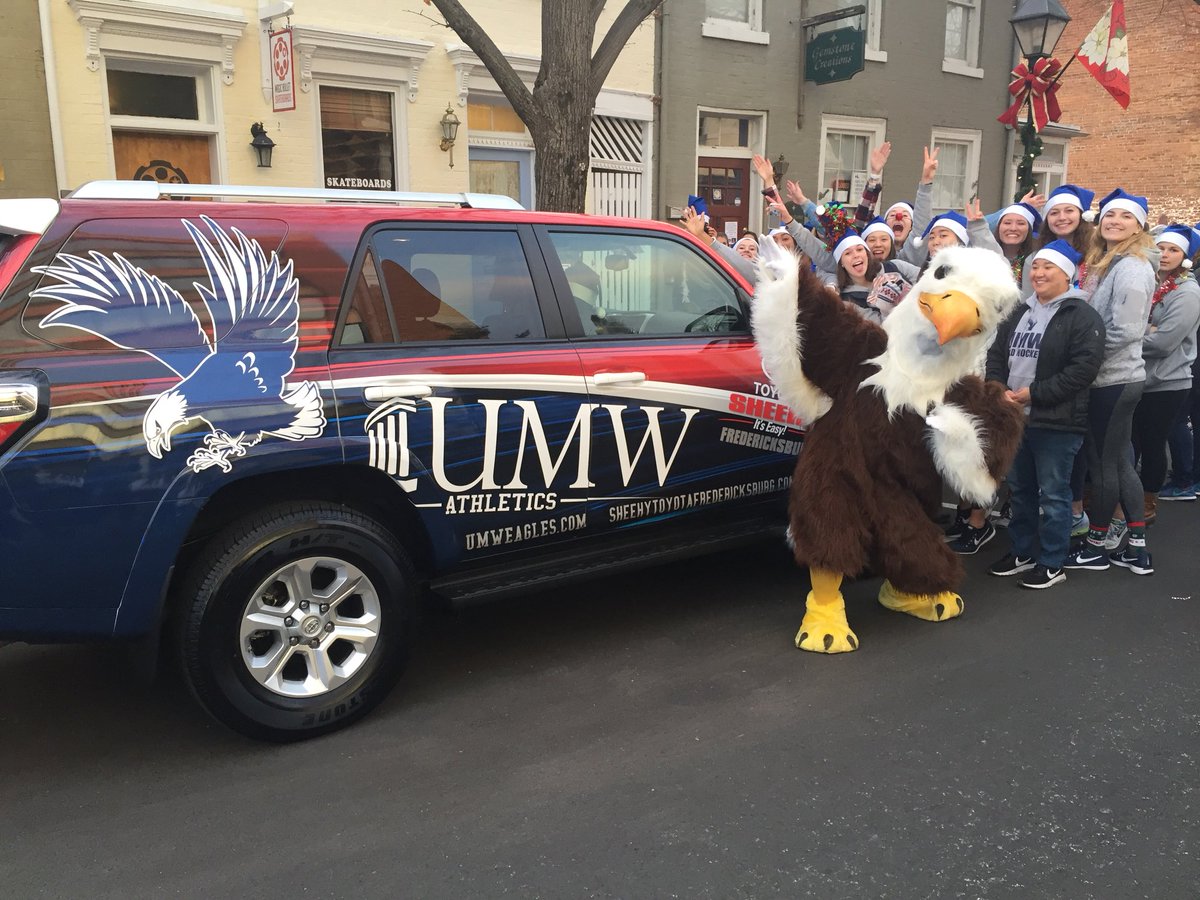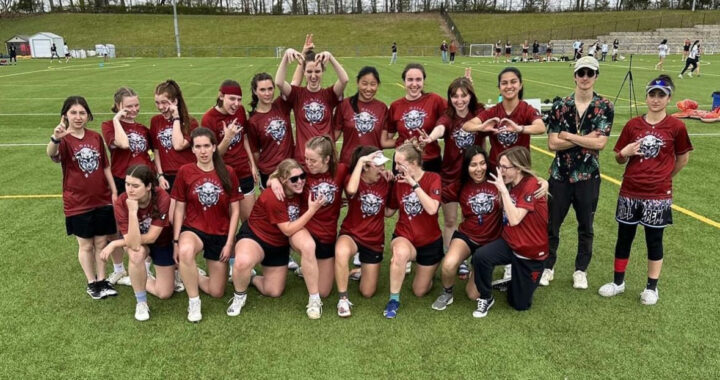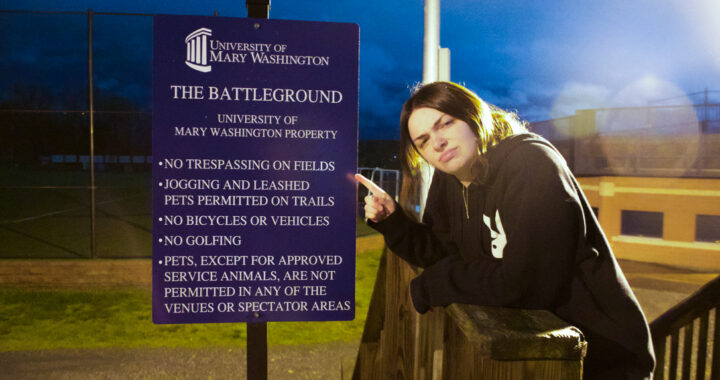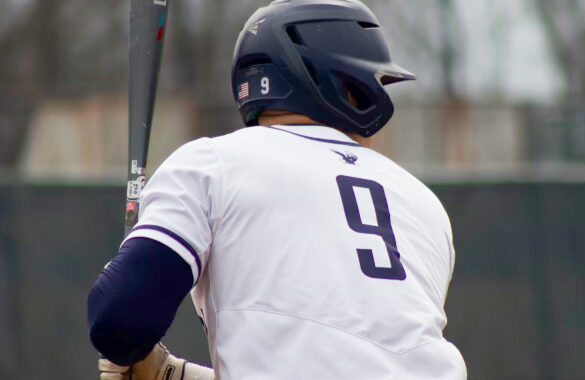Inside the recruitment process at Mary Washington
3 min read
@UMWWomensTennis | Twitter
By ELIZABETH DEVINE
Staff Writer
Every year, the coaches of UMW’s varsity teams recruit student athletes from all over the country. As a member of NCAA Division III, Mary Washington “does not offer athletic scholarships nor do they utilize the National Letter of Intent program,” according to the UMW Eagles website. Despite these restrictions, UMW’s competitive recruitment process favors well-rounded students who are passionate about the sport they play.
For many UMW student-athletes, the recruitment process began halfway in their high school career, but the process is unique for every individual and sports team.
Carly Kingston, a first-year lacrosse player, said that in her senior year of high school she sent an email inviting UMW’s women’s lacrosse coach to watch her play at a club lacrosse team tournament.
“After she saw me play, she emailed me back, asking for information about myself. We had a few phone calls, and then she invited me to campus,” said Kingston.
Depending on the sport, coaches hold open tryouts, even after recruiting chosen student-athletes.
“People who are recruited do not necessarily try out,” Kingston said, “people who are not recruited have the opportunity to try out, but they usually have a harder chance of getting on the team, because the coaches already recruited the number of people they want on their team.”
During spring of her high school junior year, first-year tennis player Emily Bowerman was contacted by UMW’s head women’s tennis coach, Patrick Catullo, after he saw her play at junior tournaments that were hosted at Mary Washington’s tennis facilities.
“My recruitment process here was casual, because I was playing in tournaments here almost every weekend in high school. I already had a relationship with the coach,” said Bowerman.
For first-year swimmers Josh Duke, Claudia Keller, and Bradley Torrington securing a position on the team was a matter of emailing Abby Brethauer, the head men’s and women’s Swimming coach, their times to see if they would be a good fit for the team.
“The whole process wasn’t really that formal,” said Keller, “you can judge how well a person swims just by their times.”
If student-athletes are not rewarded athletic scholarships, what compels them to play a sport at Mary Washington, considering the tremendous amount of time and energy they must sacrifice?
Torrington revealed that during his college decision process, choosing the school was more important to him than choosing the team.
“This was the only school I really wanted to go to,” said Torrington. “I wanted a small school where I could actually focus on my work.”
In contrast, Keller’s main reason for choosing Mary Washington was for swimming.
“I was looking for schools where I could swim, but it all came together because I really like Mary Washington,” said Keller
Bowerman was attracted to Mary Washington because of its tennis facility and training staff.
“Besides clicking well with the girls, UMW’s tennis facility is a thousand times better than the ones at Division I schools that gave me offers,” said Bowerman.
Some student athletes believe that the Division III level offers the right amount of competition.
Carly Hughes, a first-year cross country and track and field runner, said, “I thought that the team offered the right amount of competitiveness. I knew the coach would push me to get better, but it wouldn’t be high-stakes, high-pressure.”
While recruiting, coaches seek student-athletes who are hardworking not only in the game, but in the classroom as well. The head coach of track and field, Kunle Lawson revealed that the team’s coaches “look for student-athletes who are self-sufficient.”
“We try our best to support them, but the more diligent the student-athlete is in the classroom, the greater the likelihood they find academic success,” said Lawson.
Similarly, UMW’s women’s tennis team’s head coach, Patrick Catullo, recruits prospective student-athletes that can “help the women’s tennis team achieve the team goals each year as well as be able to succeed academically at UMW.”











